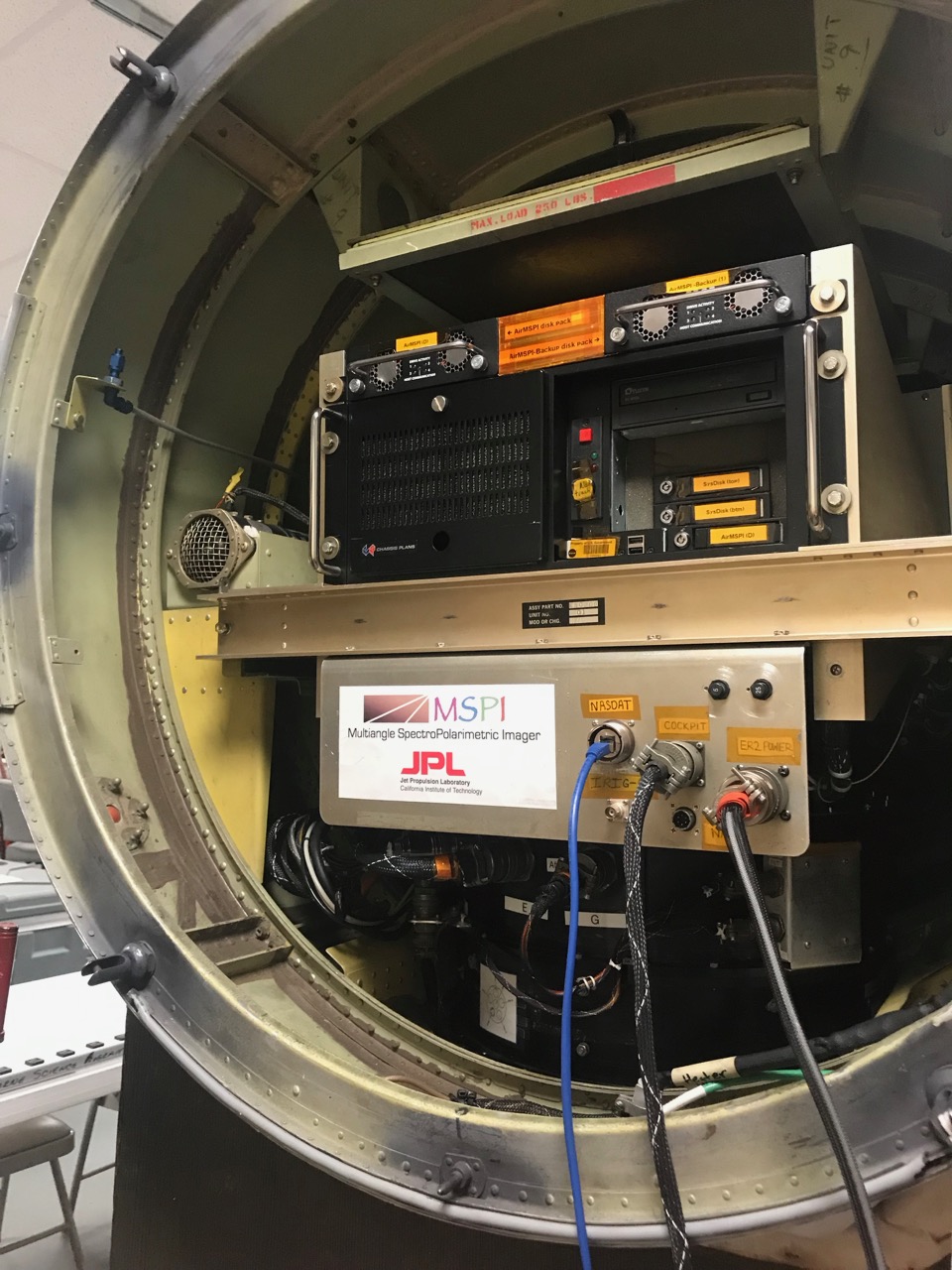A facility infrared spectropolarimeter (FIRS) is a powerful research instrument used to study the properties of materials using infrared light. FIRS can be used to examine the structure and composition of a wide variety of samples, including solids, liquids, gases, and plasmas. The flexibility of FIRS makes it an ideal tool for many different types of scientific research.
Infrared light is electromagnetic radiation with a wavelength longer than that of visible light but shorter than that of microwaves. Infrared radiation is divided into three regions: near-infrared (NIR; 0.75-1.4 micrometers), mid-infrared (MIR; 1.4-3 micrometers), and far-infrared (FIR; 3-1000 micrometers). Each region has unique characteristics that make it useful for different types of analysis.
Near-infrared spectroscopy is often used for routine analysis in the quality control lab because it is relatively simple and inexpensive compared to other techniques. Mid-infrared spectroscopy is more complex but can provide detailed information about the chemical structure of a sample. Far-infrared spectroscopy can be used to study very large molecules or extended structures such as crystals or biological membranes.
FIRS uses all three regions of the infrared spectrum to obtain detailed information about the sample being studied. The NIR region is used to identify functional groups, while the MIR region provides information about molecular vibrations and symmetry breaking. The FIR region allows researchers to study long wavelength phonons and rotational modes not accessible with other techniques.
In addition to providing spectral data, FIRS can also be used to measure the absolute polarization state of light scattered from the sample under study. This capability makes FIRS a powerful tool for studying anisotropic materials such as liquid crystals and biopolymers. Polarimetry can also be used to detect chiral molecules, which are important in many areas including pharmaceuticals and optoelectronics


